When Russia invaded Ukraine in 2022, the US quickly rushed to provide aid. Ukraine, we believed, must be empowered to fend off the invading Russian army, who was hellbent on taking Ukraine’s capital, Kyiv, in short order.
Now, two years later, Congress has moved five bills through its chambers, and we have provided billions of dollars in resources. Kyiv has yet to fall to Russia.
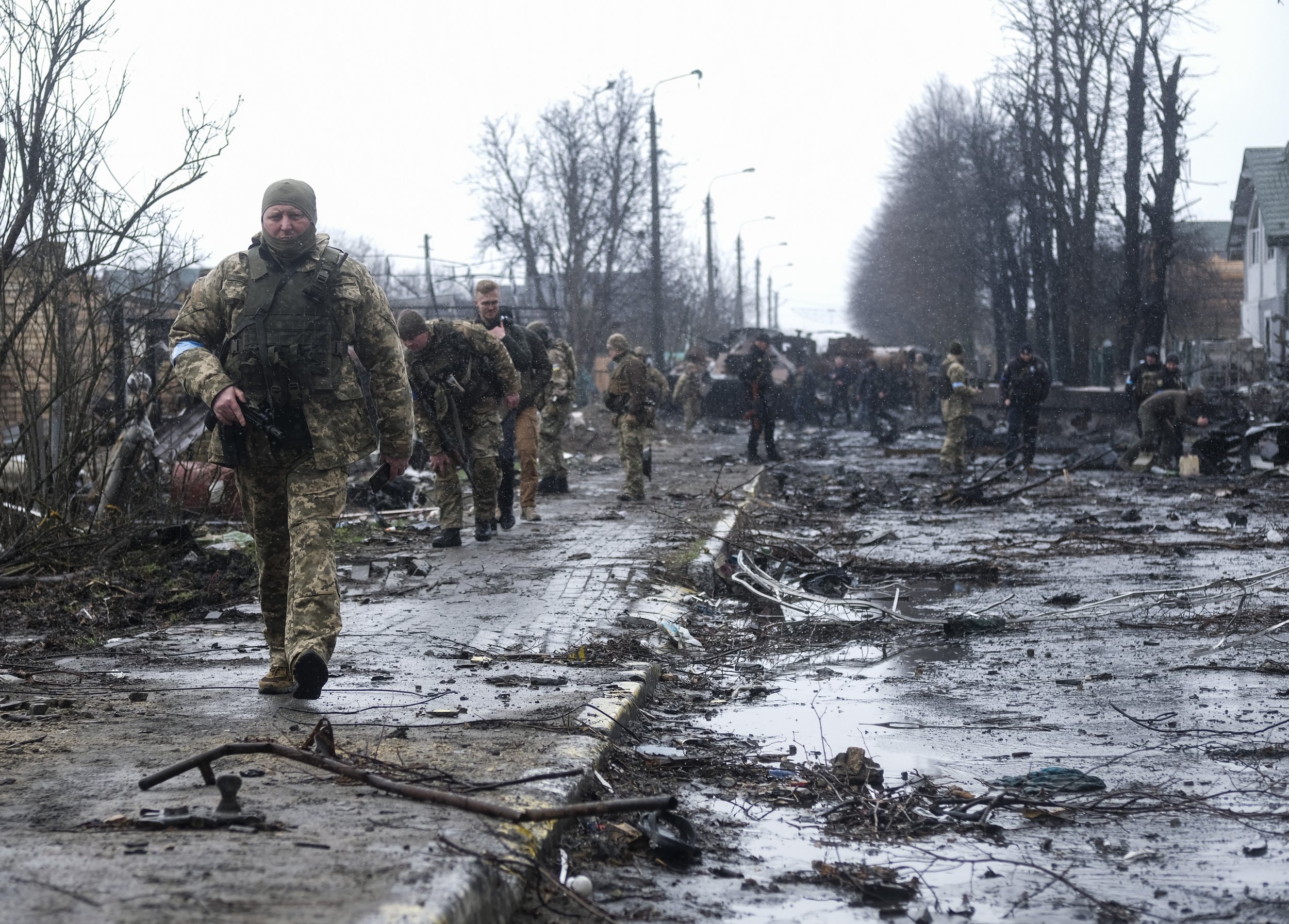
Our aid has primarily come in the form of weapons systems, but we’ve also provided humanitarian aid, equipment, training, military intelligence, and we’ve funded the Ukrainian government with operating expenses.
Why has the United States given such a large amount of assistance to Ukraine? A few reasons.
The United States believes it is in our own best interest to help Ukraine fight Russia, rather than having to fight Russia ourselves.
Giving the Ukrainian military the tools it needs to degrade the Russian army (which they have done quite well) benefits our strategic global position.
Any expansion of Russian territory is a threat to our NATO alliances. Secretary of Defense Lloyd Austin said in March 2024 that "the support doesn't just help Ukraine. It strengthens NATO and helps to bolster the defense industrial base in the United States, Europe, and the world. It enables our own security. The collective support will ensure Ukraine is successful today and into the future."
Austin says that while assisting Ukraine is the right thing to do, it is also “crucial to our own security.” He said, "The United States would face grave new perils in a world where aggression and autocracy are on the march, where tyrants are emboldened, and where dictators think that they can wipe up a democracy off the map.”
In August, Ukraine launched a surprise offensive into the southern Kursk region of Russia, crossing the border and capturing at least 93 Russian settlements. They’ve been able to hold the land since. This month, North Korea sent about 10,000 troops to join Russian troops fighting in the Kursk region.
As a result of the presence of North Korean troops, President Biden recently announced that he gave Ukraine permission to use US-supplied long-range missiles.

This was a change in policy for the US, after years of worrying that letting Ukraine use these weapons would escalate the war. Before now, Biden had only allowed Ukraine to use US-supplied missiles that only had a range of about 50 miles, so they could fight troops directly across the Ukrainian/Russia border. This new permission to use the long range missiles, which are known as the Army Tactical Missile Systems, gives Ukrainian troops a range of about 190 miles.
Defense experts say these long-range missiles won’t make much difference in the outcome of the war, but the hope is that it will prevent the North Korean government from sending more troops.
In other words, if Ukraine has missiles that can reach North Korean troops, maybe it will make North Korea think twice about sending more men to engage in the fight.
What has Trump said about Ukraine?
While campaigning for re-election, president-elect Donald Trump said he could end the war in Ukraine “in 24 hours” by forcing the countries to negotiate.
Trump hasn’t outlined a specific plan to end the war, instead saying, “I can’t give you those plans because if I give you those plans, I’m not going to be able to use them.” But his communications director said in July that a “top priority in his second term will be to quickly negotiate an end to the Russia-Ukraine war.” Trump also said that, “European nations should be paying more of the cost of the conflict.”
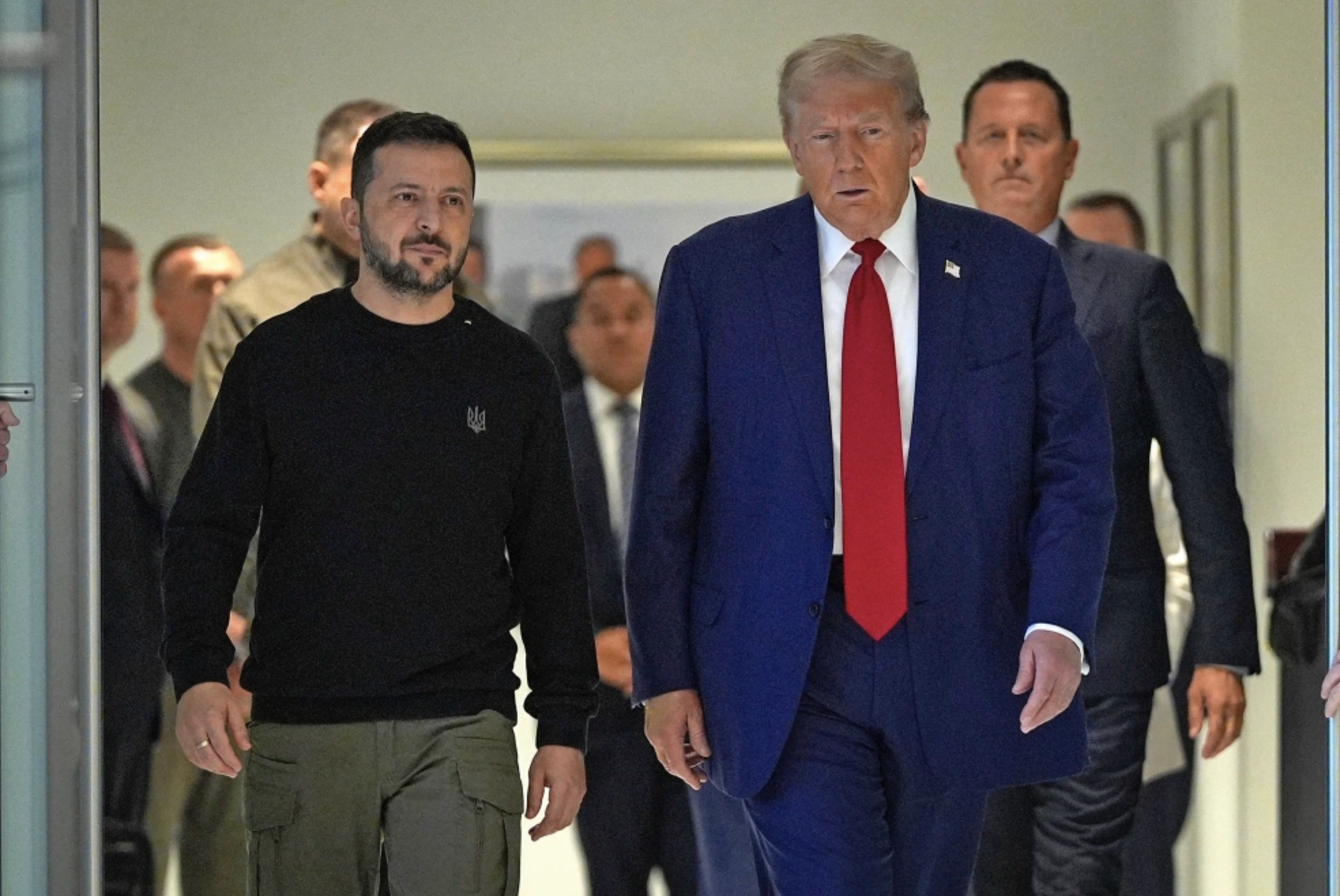
In September during the presidential debate with Kamala Harris, Trump was twice asked by moderators if he wanted Ukraine to win the war, and he wouldn’t answer.
The first time, he said “I want the war to stop, I want to save lives.” Moderator David Muir then asked if Trump believed “it’s in the US best interest for Ukraine to win this war.” Trump said, “I think it’s the US best interest to get this war finished and just get it done.”
Later that month, at a campaign event in North Carolina, Trump said the Ukrainian people “are dead. The country is in rubble.” He also said Ukraine was “demolished.” He blamed President Biden and Vice President Harris for the invasion, saying they “allowed this to happen by feeding Zelensky money and munitions like no country has ever seen before” and that the US “continue[s] to give billions of dollars to a man who refuses to make a deal.”
What will happen in Ukraine after Trump takes office?
Who a president has advising them on matters of foreign policy says a lot about what those policies are likely to be. Last week, Trump chose Representative Mike Waltz and Senator Marco Rubio to be his National Security Advisor and Secretary of State. Both have been strong supporters of Ukraine. Waltz wrote an op-ed in The Economist outlining a tentative strategy, including things like penalizing Russia’s oil exports in an effort to force Russia to the negotiating table.
Waltz maintains that the existing sanctions against Russia are not being enforced well. He says that stepping up enforcement and increasing US production of oil and gas will pressure Russia to a deal.
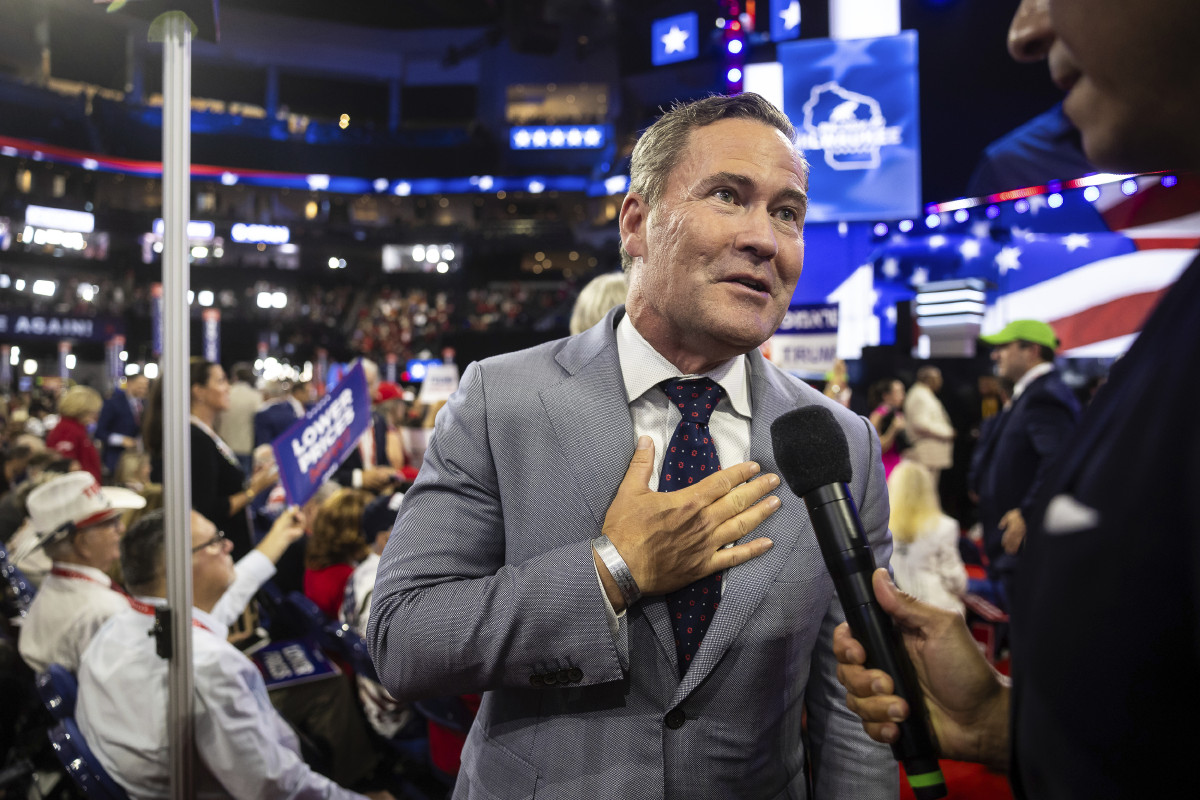
Waltz also told NPR that the US could let Ukraine use long-range weapons in Russian territory, which is what Biden did this week. After Biden’s announcement, Waltz said. he was not briefed on the decision, and that “it’s another step up the escalation ladder, and nobody knows where this is going. President Trump is talking grand strategy here: How do we get both sides to the table to end this war, what’s the framework for a deal and who is sitting at that table?”
Meanwhile, Rubio originally supported funding the war. But after two years, Rubio’s support has dropped, and he voted against the April aid package to help Ukraine (he said this was because the US needed to focus on their own border and immigration issues).
Rubio said to NBC News in late September that he’s “not on Russia’s side” but “unfortunately the reality of it is that the way the war in Ukraine is going to end is with a negotiated settlement.” He went on to say that the goal he hopes for is that there is “more leverage on the Ukrainian side than on the Russia side.”
He echoed the sentiment in November, saying, "I think the Ukrainians have been incredibly brave and strong in standing up to Russia. But at the end of the day, what we are funding here is a stalemate war, and it needs to be brought to a conclusion, or that country is going to be set back 100 years."
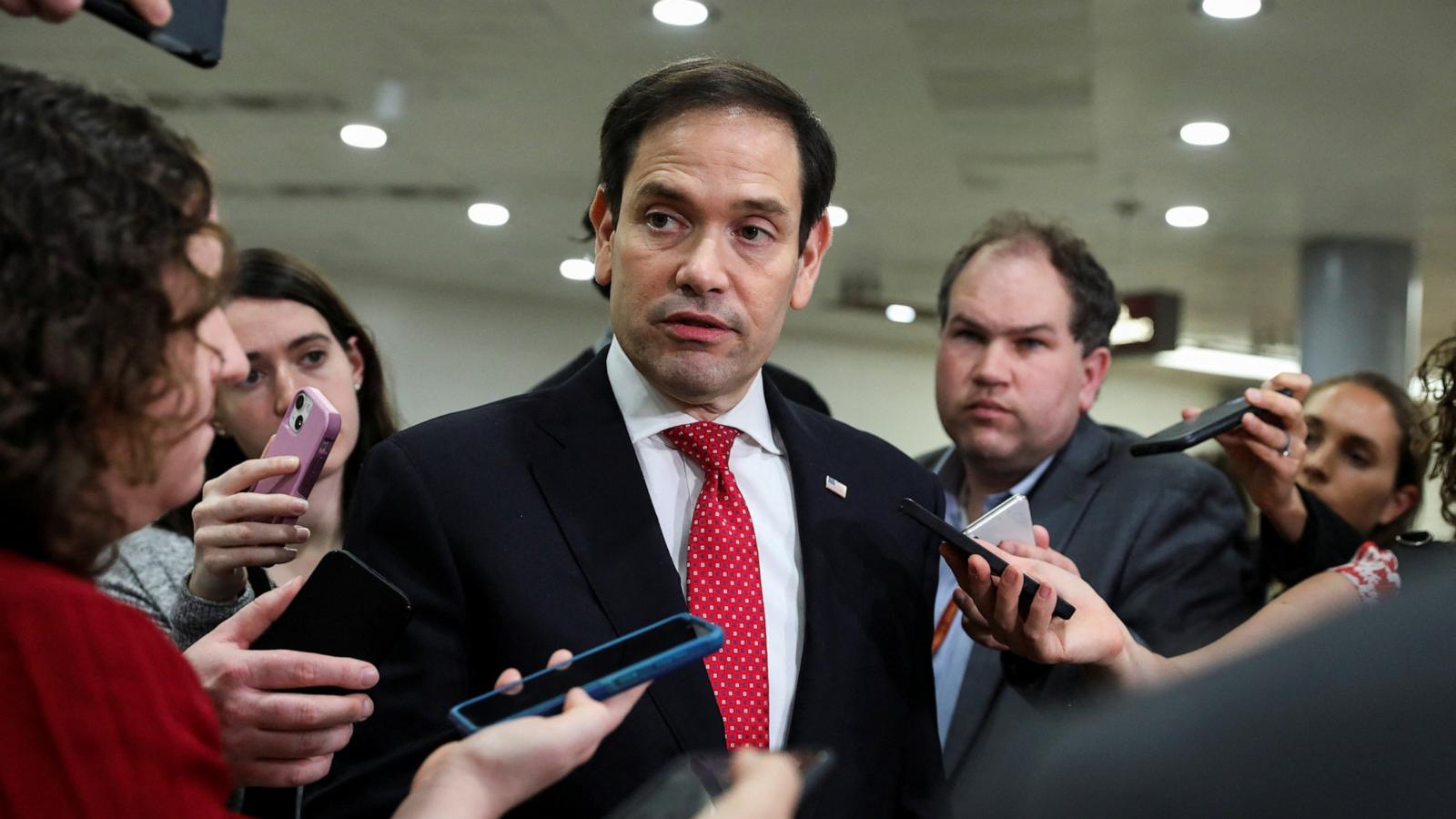
It remains to be seen, however, how other Cabinet members or advisers play into the mix. Elon Musk, a major financier of Trump’s presidential campaign, recently joined Trump’s call with Ukrainian President Zelensky after the election. After the war began, Musk provided Starlink (his satellites that help provide telecommunications services to rural areas or conflict zones) to help with Ukraine’s war effort. But in 2022, he refused to allow Starlink satellites to be used over Crimea, a region of Ukraine that Russia has annexed.
Around the same time, Musk reportedly began having “regular conversations" with Putin, according to an exclusive by The Wall Street Journal, though Moscow has denied the contact outside of one phone call. These calls raise questions about national security, since Musk’s companies are frequently contracted by the US government (in 2021, his company SpaceX won a $1.8 billion classified contract, for example) and Musk himself has high-level security clearance, which allows him to access classified information about some of America’s most sensitive programs.
Days after the election, The Washington Post reported that Trump spoke with Putin and told him not to “escalate” the war before he returns to office (the Kremlin also denies this call happened). The Post said several people familiar with the call confirmed it did take place.
One of the proposals being floated by Trump’s transition team, according to reporting by The Wall Street Journal, includes telling Ukraine they are not allowed to join NATO for at least 20 years, something Ukraine very much wants, and other NATO member countries say they are determined to make it happen in due time. In return for the two-decade delay in NATO membership, the US would keep giving Ukraine weapons to ward off a future Russian attack. This plan would also include Ukraine losing territory, and would create an 800-mile demilitarized zone.
Other Trump allies have suggested withholding weapons from Ukraine until they agree to peace negotiations.
What Ukraine and Russia say
President Zelensky has maintained good relationships with both President Joe Biden and Donald Trump, knowing that he needs US backing to sustain his war efforts. In September, Zelensky visited the US and met with both Trump and Vice President Kamala Harris to discuss the war should either of them win the presidency.
Zelensky is, however, strongly against giving up any Ukrainian land to Russia. Ukrainian official David Arakhamia told the media after Trump’s win that Ukraine would only agree to ending the war if the US provided "real security guarantees" that would ensure Russia is not using a ceasefire to increase their military readiness to attack again.
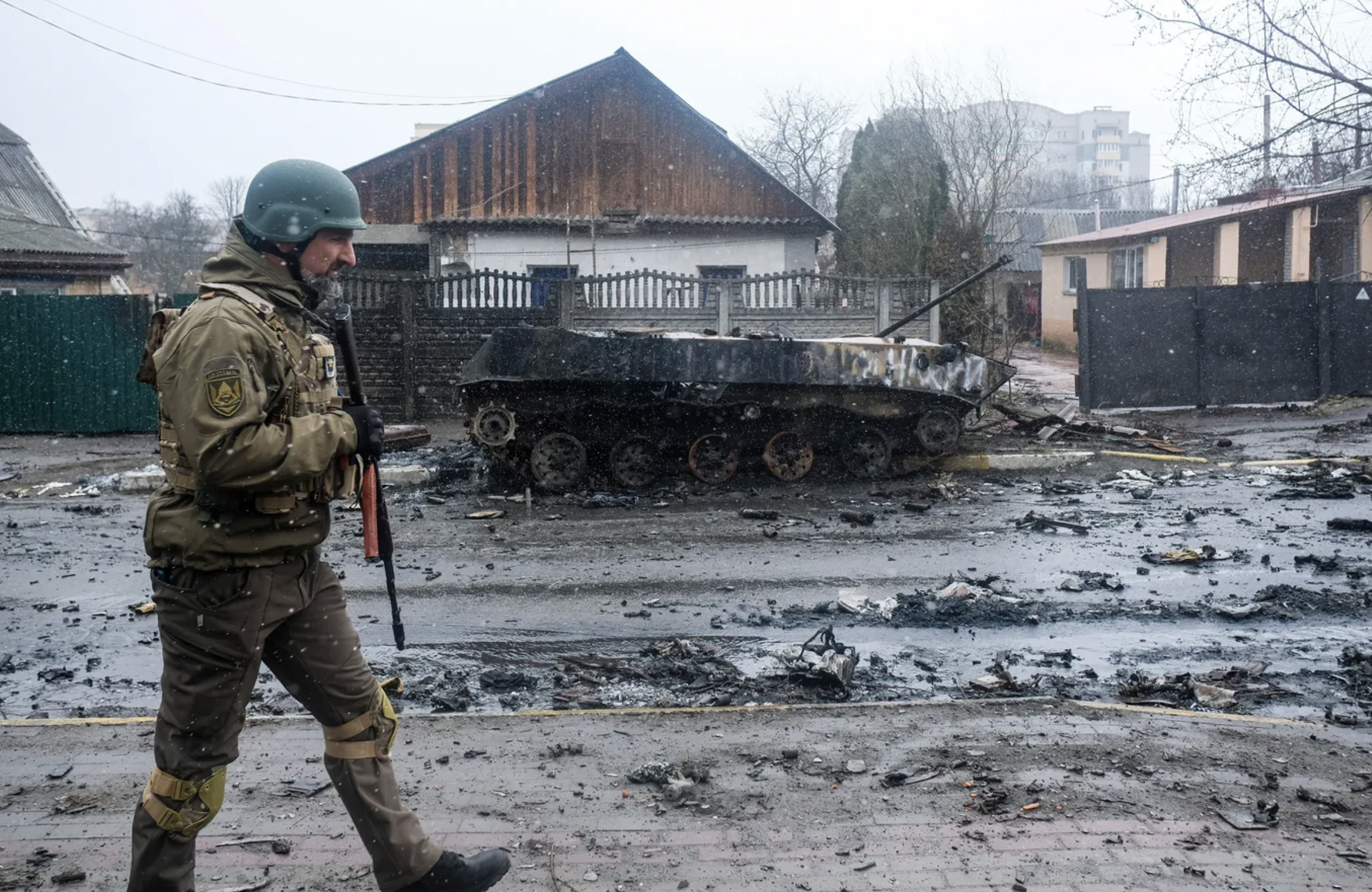
There are a few things Ukraine won’t budge on, like the return of the approximately 20,000 kidnapped Ukrainian children trafficked into Russia. Putin has been charged with a war crime by the International Criminal Court for this trafficking.
Putin, meanwhile, has said Russia would welcome negotiations but would wait on concrete policy steps from Trump. Putin has vowed not to stop until he controls Kyiv and has accused “Western elites” of turning “Ukraine into their colony, into a military outpost aimed at Russia.”
Some NATO countries worry that the war threatens their own countries and are now “holding their breath” ahead of Trump’s inauguration and that conversations about the war “have gone into overdrive” since Trump’s win.
Russia shows no sign of slowing down its offensive in the new year and plans to spend $145 billion on defense spending in 2025 (they say the invasion is a form of defense because Ukraine is a threat).
Current Secretary of State Antony Blinken said President Biden will “make sure that every dollar we have at our disposal will be pushed out the door between now and Jan. 20.” He made the statement during a visit to Brussels, saying the purpose of the trip was to “to focus our efforts on ensuring that Ukraine has the money, the munitions, and the mobilized forces to fight effectively in 2025 or to be able to negotiate a peace from a position of strength.”
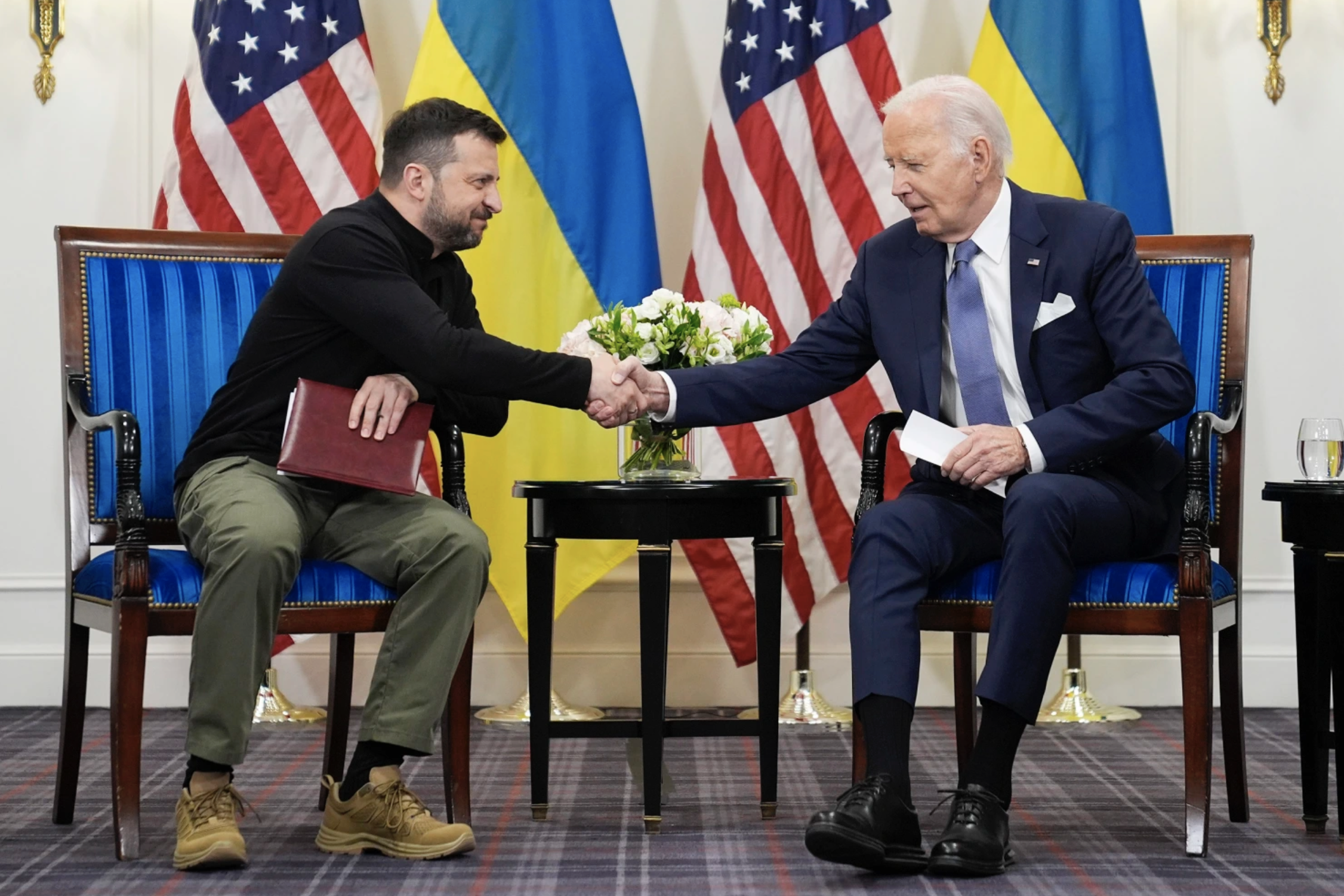
Come January, Trump says he’ll end the war, but it’s not clear how. Should Ukraine have to give up its territory to get Putin to end the war? What will happen if the US makes security guarantees and then Putin blows right past them?
All of this, and more, must go into the decision calculus about how to bring an end to a war that has killed nearly one million people in two years.